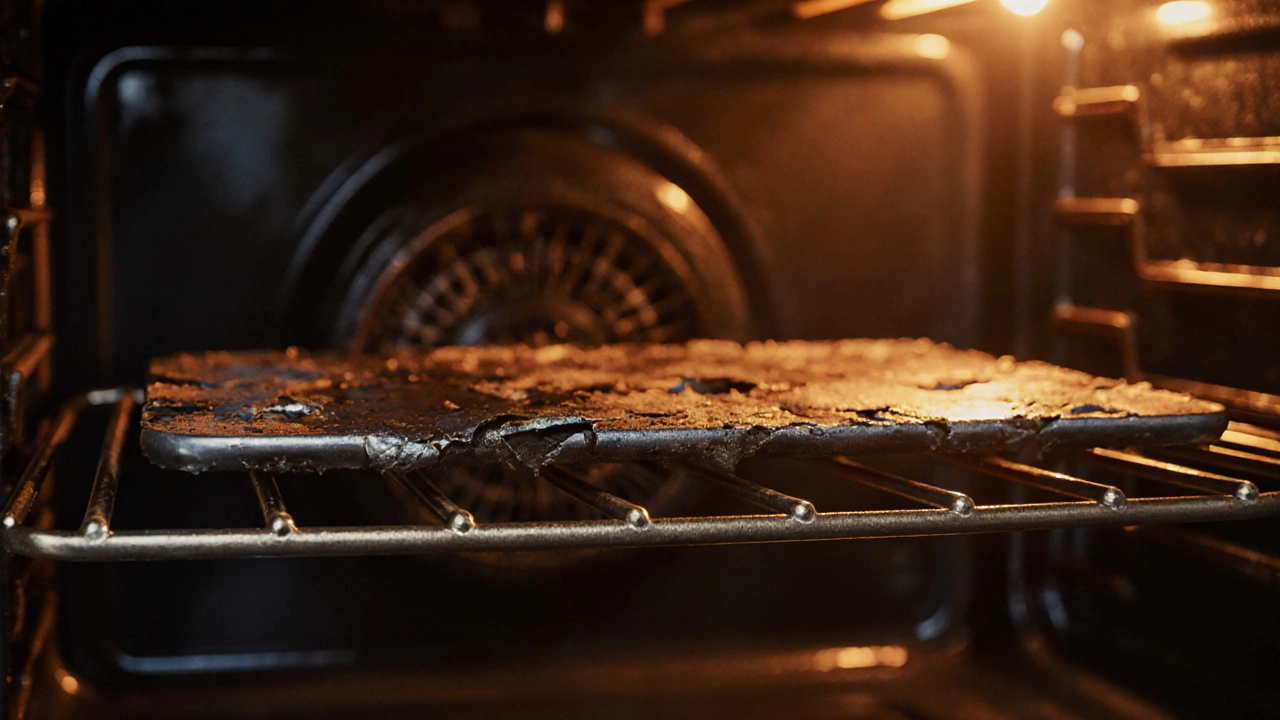Boiler Servicing: What Happens If You Skip It?
June 12 2025Faulty Oven Element? What It Is, How It Breaks, and What to Do
When your oven won’t heat up, the problem is often a faulty oven element, the metal coil inside your oven that generates heat when electricity passes through it. Also known as an oven heating element, it’s one of the most common parts to fail in electric ovens. Unlike gas ovens, electric ones rely entirely on these coils to reach and hold temperature—and when one burns out, your baking and roasting stop cold. It’s not a mystery, and it’s rarely a sign your whole oven is doomed.
A faulty oven element, a simple resistive heating component can go bad from age, power surges, or even just too many cycles of heating and cooling. You’ll usually see visible signs: dark spots, cracks, or sections that glow unevenly—or not at all. Sometimes the element looks fine but still doesn’t work, which is why a multimeter test is the only real way to know for sure. This isn’t something you fix with a reset button or a new setting. It’s a hardware issue. And if you’ve got a broken element, you’re either cooking with only the grill (if your oven has one) or not cooking at all.
People often assume replacing a oven heating element, the part that turns electricity into heat inside your oven is a job for a pro. And while safety matters—especially with live wiring—it’s one of the few oven repairs you can do yourself with basic tools and 30 minutes. But here’s the catch: buying the wrong part is easy. Ovens vary by brand, model, and even year. A part that fits a Samsung might not fit a Hotpoint. That’s why knowing your exact model number matters more than guessing. And if you’re not comfortable working with electrical components, calling a certified technician isn’t weakness—it’s smart.
Don’t confuse a faulty oven element, the primary heat source in electric ovens with thermostat issues or control board failures. Those are rarer and cost more to fix. Most of the time, if your oven doesn’t heat but the fan runs and the light turns on, it’s the element. You can test this by turning the oven on and watching through the door—if one coil glows red and the other doesn’t, you’ve found your problem. No need to call someone yet.
Replacing a oven heating element, a replaceable part that can extend your oven’s life for years costs less than a new microwave. The part itself? Often under £30. Labor? If you hire someone, expect £80–£150 depending on location and urgency. But if you’re handy, you can do it yourself and save nearly all of that. There are videos for every major brand. You don’t need special training. Just patience, the right screwdriver, and a little caution around the wires.
And here’s the thing: this isn’t a one-off problem. If your oven element failed after five years, you might be due for another in another five. But if it failed after just two? Something else might be wrong—like a power surge, a faulty thermostat, or even poor ventilation. That’s why some posts in this collection walk you through diagnosing the full system, not just the obvious part. You’re not just fixing a coil—you’re learning how your oven really works.
Below, you’ll find real guides from people who’ve been there. They show you how to test the element, pick the right replacement, avoid common mistakes, and decide whether to fix it or replace the whole oven. No fluff. No upsells. Just what actually works.
 29 Oct
29 Oct
What Are Common Faults with Electric Ovens? Fix These Issues Before Calling a Pro
Electric ovens commonly fail due to broken heating elements, faulty thermostats, or worn door seals. Learn how to diagnose and fix these issues yourself before calling a repair technician.
Read More...



